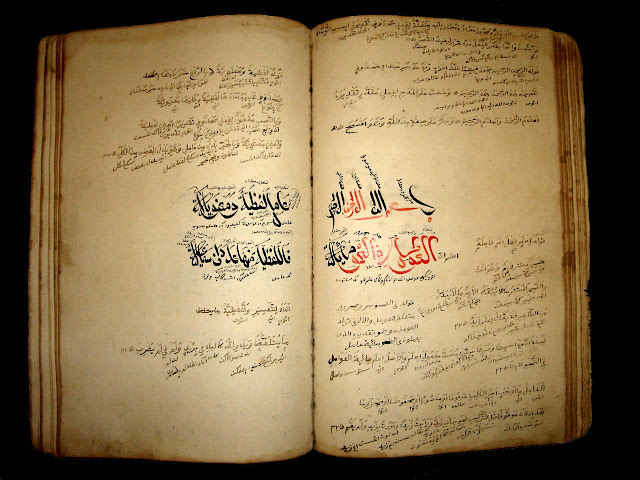Ubayd Allah ibn Ziyad (Arabic: عبيد الله بن زياد) was a son of Ziyad ibn Abi Sufyan after whose death in 673 he became the Governor of Kufa and Basra and later Khurasan.He also minted coinage, which survives to this day. In 674 he would cross the Amu Darya and defeat the forces of Bukhar Khuda of Bukhara what would become the first known invasion of the city by Muslim Arabs.
The coin is minted during the era Muawiya bin Abi Sufyan ( 41-60AH : 661-680 AD) under governor Ubayd Allah Bin Ziyad ( 55-64AH : 674-683AD)
Struck in Dasht Maysan year 60 AH
Coin Specs
Item : Dirham of Caliph Muawiya bin Abi Sufyan ( struck on Khosro Coin)
Obv :A crowned bust imitating Khusrou II the Sasanian king
All legends are written in Pahlavi except the Arabic written بسم الله lower right on margin
The word on the left is
GDH 'pzwt = may his splendor increase
The words on the right is
AWBYTALA/Y ZAYATAN = Ubayd Allah bin Ziyad
Rev : Fire altar with 2 attendants. Legends in Pahlavi
The word on the left is
SYWN = 60 The word on the right is
DSh = Dasht Maysan
Date : 60 AH (679 CE)
Dim : 25 mm
Weight : 2.12gm
Denom : Dirham
Metal : AR
Mint : Dasht Maysan
Rarity : R
Purchased Price : USD
The history of Ubaydallah ibn Ziyad can be seen below excerpted from Wikipedia:
Ubayd Allah ibn Ziyad (Arabic: عبيد الله بن زياد) was a son of Ziyad ibn Abi Sufyan after whose death in 673 he became the Governor of Kufa and Basra and later Khurasan.He also minted coinage, which survives to this day. In 674 he would cross the Amu Darya and defeat the forces of Bukhar Khuda of Bukhara what would become the first known invasion of the city by Muslim Arabs.
In 680, Yazid I ordered Ubayd Allah to keep order in Kufa as a reaction to grandson of Prophet, Husayn ibn Ali's popularity there. Ubayd Allah appointed his brother Uthman as deputy and marched to Kufa. Ubayd Allah executed Hussain ibn Ali’s cousin Muslim ibn Aqeel and put out the right eye of Hussain ibn Ali’s supporter Al-Mukhtar. He was also one of the leaders of the army of Yazid I during the battle of Karbala.
Yazid left a vacuum in Iraq upon his death in 683. Ubayd Allah abdicated the governor's mansion in Basra and took up shelter with Mas'ud ibn Amr al-Azdi. The Azd were a Yemenite tribe who then supported the Umayyads against the rebellion of Abd Allah ibn al-Zubayr. But Basra's new governor Abd Allah ibn al-Harith sided with Ibn al-Zubayr, and had Mas'ud killed the following spring; some traditions add, probably accurately, that Ubayd Allah and Mas'ud had complained about Ibn al-Harith's corruption (again, probably accurately - but the Basrans did not then care) with a view to regaining for Ubayd Allah his command. Ubayd Allah fled the city for Syria - leaving his wife and family behind. (Madelung pp. 301–303)
While Ubayd Allah was in Syria, he persuaded Marwan ibn al-Hakam not to recognise Ibn al-Zubayr. Meanwhile the messianic rebel Al-Mukhtar wrested Kufa from Ibn al-Zubayr in 685. Seeing his chance, or so he thought, Ubayd Allah sent an army against Mukhtar. According to contemporary historian John bar Penkaye, Mukhtar met [Ubayd Allah] Ibn Ziyad's legions with a militia composed of 13,000 lightly armed freedmen on foot at the river Khazir near Nineveh. Ubayd Allah died in that battle. (Brock pp. 65–6)

















































